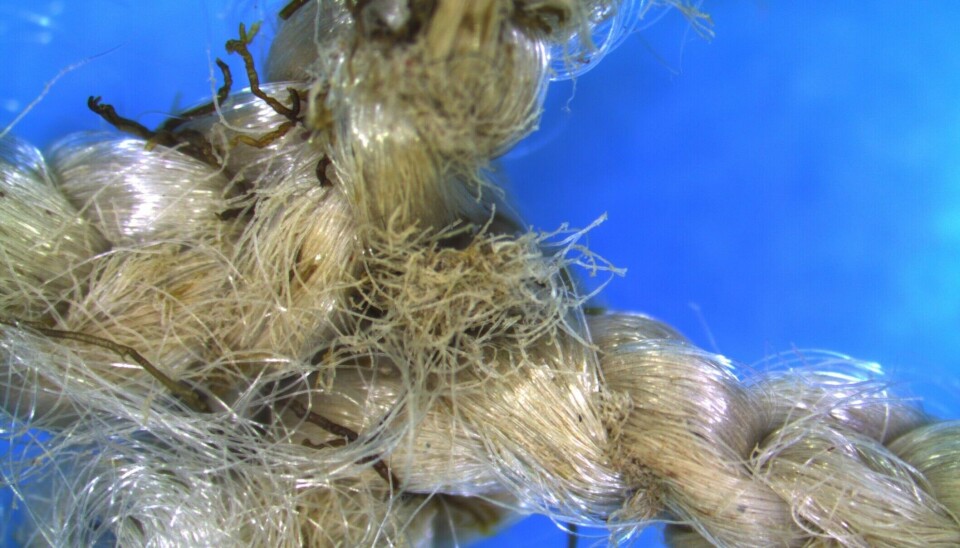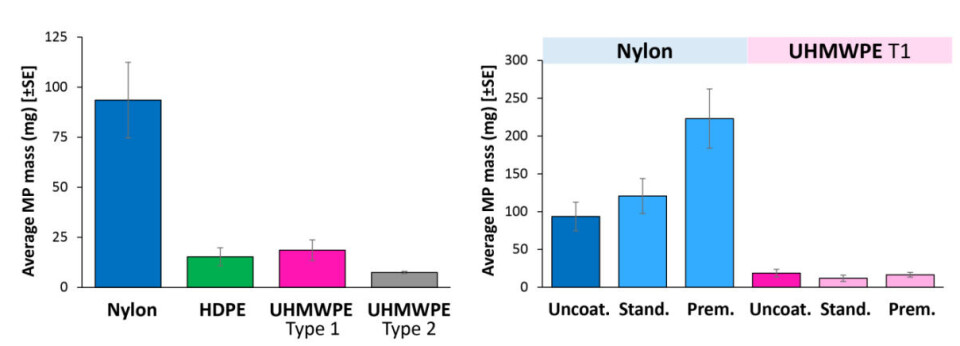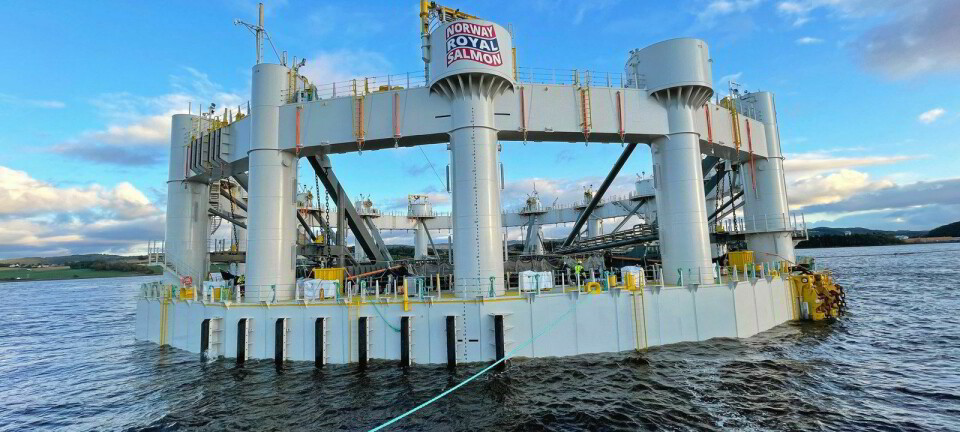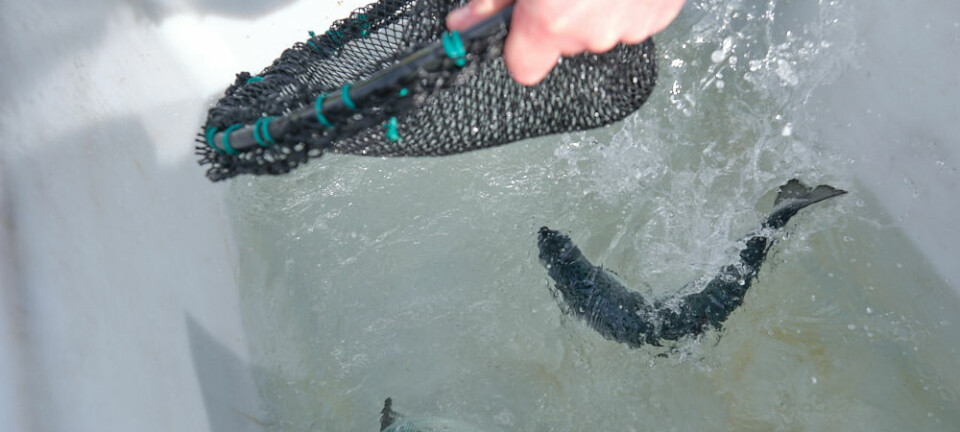
Nylon nets may be bigger source of microplastics than HDPE option
Used nets and those made from recycled plastic also release more, tests show
A new research report shows that material selection and cleaning methods in fish farms can have a major impact on microplastic emissions. The project is led by Norwegian research institute SINTEF Ocean and paid for by fisheries and aquaculture industry research funder FHF.
The goal of the SMARTER research project is to help the aquaculture industry choose the right combinations of nets, impregnation (coating), cleaning methods, and ropes, so that emissions of microplastics are as low as possible.
The net and rope materials tested included nylon, high-density polyethylene (HDPE) and ultra-high-molecular-weight polyethylene (UHMWPE). Laboratory abrasion tests showed nylon nets may release up to five times more microplastic particles than HDPE and UHMWPE, suggesting the multifilament structure of nylon may be more susceptible to abrasion than the thicker monofilaments in HDPE or the abrasion resistant UHMWPE.
Used nets and ropes, as well as ropes made from recycled plastic materials, also release more microplastics than new products, laboratory tests show.

Among the cleaning methods, the use of a cleaning robot stands out as more gentle than high-pressure washing and cavitation cleaning. Lab tests on smaller nets made for the project showed that the robot brushing caused less damage and more even wear on the coating (impregnation). However, very few microplastic particles were collected during the cleaning itself with all three technologies, and the levels were often difficult to distinguish from the natural background level in the sea.
Field samples taken during routine cleaning of nets at a commercial fish farm showed sporadic releases of microplastics.
To get a comprehensive picture, the researchers have simulated worst-case scenarios, both in the laboratory, in the field and through modelling.
Important tools
“The project has tested and developed important tools that can be used and further developed to control and reduce emissions of microplastics,” said project manager Andy Booth from SINTEF Ocean.
Eirik Ruud Sigstadstø, head of research at FHF, said: “The findings provide the industry with an important knowledge base for making better choices of materials and cleaning methods. This can help to significantly reduce the environmental footprint of aquaculture.”
The project, which has a budget of NOK 11.4 million (£852,000), is led by SINTEF Ocean AS. Partners are Norce Research AS, NCE Aquatec Cluster, ScaleAQ, Watbots AS and Brynsløkken AS.























































